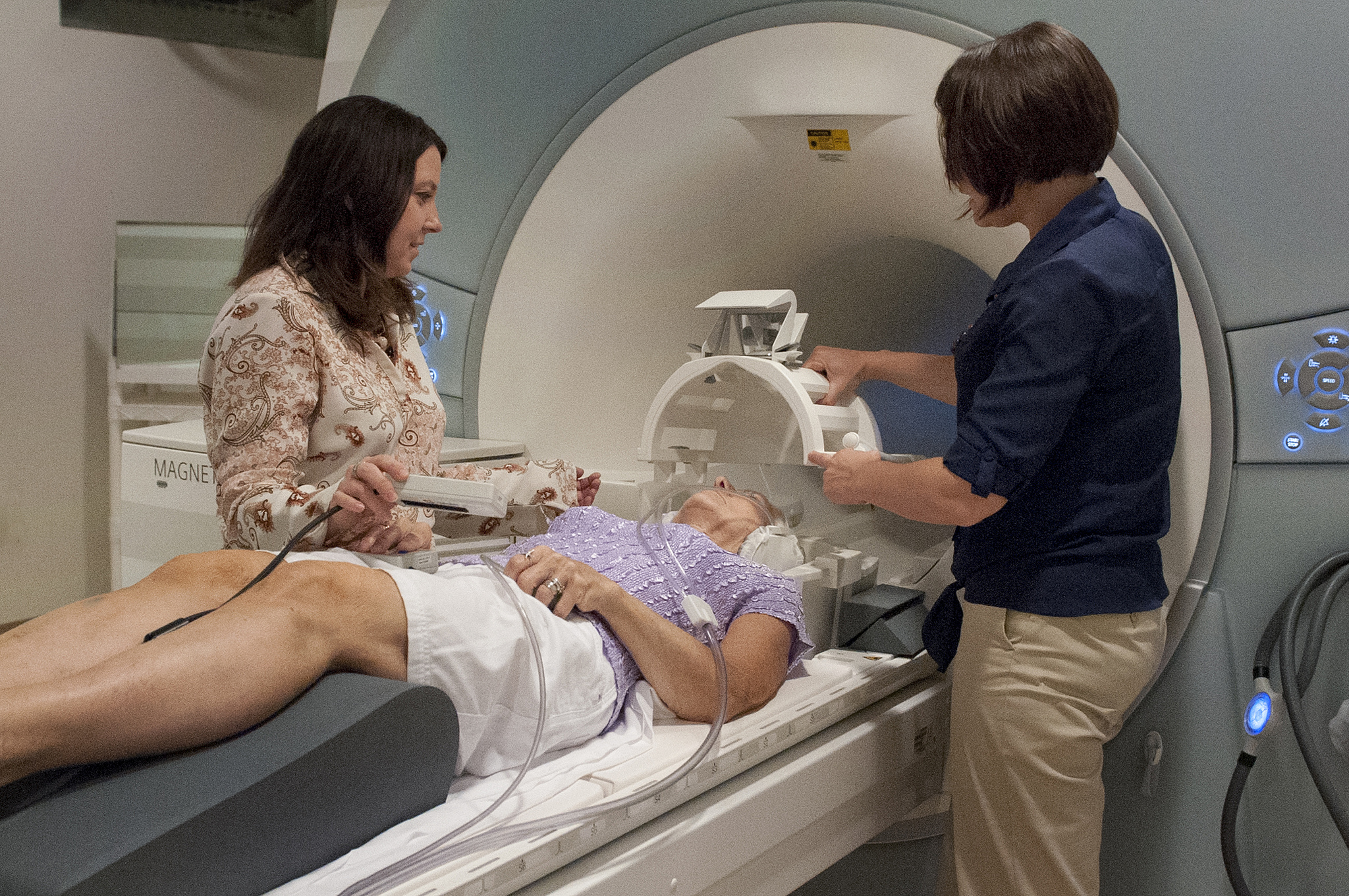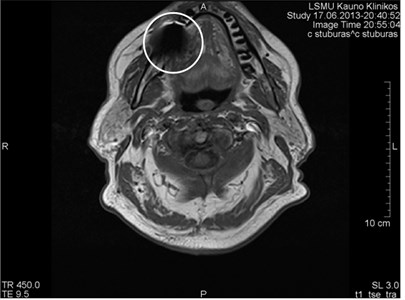With more than 90% of adults suffering from cavities, fillings are the most common type of dental work performed by dentists. They are a safe and effective way to treat tooth decay. But if a doctor suggests an MRI of the head or neck, some people wonder if there are dangers with their metal fillings. After all, MRI stands for magnetic resonance imaging.
Since some dental fillings contain metal, it seems like they could cause a problem in the machine. After all, magnets can move metal objects. Actually, dental fillings, even metal ones, are as safe as any non-metal material and are nothing to be concerned about. Here is everything you need to know about what happens to fillings and other metal dental work in an MRI machine.
Why is Metal a Concern?

The magnets in MRI machines are incredibly powerful. So much so, that any metal objects are prohibited in a room where MRIs are used. The magnetic field is strong enough to make things like paper clips, pens, and furniture fly through the air towards the machine. Imagine how dangerous a pair of scissors or other sharp objects could be if someone got in the way. There was a tragic case where a young boy was struck in the head and killed when an oxygen canister flew into the machine he was lying in.
Thermal burns are another source of concern. There is a case on record where a patient’s clothing contained some metallic fibers. The machine heated the fibers, causing burns on her skin.
Injuries caused by metal and MRIs are rare, and technicians are careful to take precautions so that nothing can become a projectile or burn anyone. When you have an MRI, there are strict rules about metal objects. The rooms are completely free of any metal such as furniture, clipboards, IV poles, or stethoscopes. Patients must remove all jewelry, clothing with metal zippers, buttons, or fibers, or anything else with metal. Some facilities use metal detectors or wands to check patients before beginning.
Medical records are also checked to be sure that previous procedures didn’t leave metal in the body. For example, cardiac pacemakers and aneurysm clamps can cause serious injury. Metallic fragments or shrapnel can be dangerous too.
Why Metal Fillings Do Not Matter for MRIs
One might wonder why there is concern about things like surgical implants, but not dental fillings. The answer has to do with the type of metal used for fillings. In the same way that a refrigerator magnet will only stick to certain kinds of metal, MRI magnets won’t attract every kind either. Magnets only attract ferromagnetic metals such as iron, cobalt, and nickel. Metal fillings, commonly called silver fillings because of their color, are made of about 50% mercury, plus silver, tin, copper, and other metals. Magnets have no effect on these materials.
What About MRI and Other Metal Dental Work?

Metal is also used in other dental work such as crowns, tooth implants, and traditional braces. Modern dental techniques use materials that do not contain magnetic material, but if the dental work is older and dates back to before MRIs became common, patients should check with their dentists just to be sure. In some cases, it may be advisable to remove a crown and replace it with porcelain or resin before having an MRI.
Online research can find claims that dental work may come loose or even become a projectile in an MRI machine, or heat up to burn lips and gums. Most of these accounts are hypothetical, however, noting what could happen, in theory, when something metal comes in contact with a strong magnet. Luckily, with all of the safety precautions that MRI clinics and hospitals have in place, chances of these things actually happening are slim.
The Real Problem with Metal Dental Work and MRI

The real problem with having an MRI with certain dental work is not that it’s dangerous, but what the metal does to the image.
Metal in or on the body changes how the MRI machine “sees” the mody. This can show up on the MRI image as what’s called an artifact. Artifacts distort the picture or obscure the image by looking like a smudge, or by making it blurry.
Artifact interference makes it difficult for an MRI technologist to get a clear picture, leading to trouble getting an accurate diagnosis. The patient may need to repeat the procedure. Sometimes, it might make more sense to replace the problematic dental work.
Should You Avoid Getting Metal Dental Work?
Problems with metal and MRIs can be avoided entirely by choosing non-metal options for all dental work. Crowns and fillings can be made of porcelain, resin composite, or gold. They vary in cost and durability but are widely available and do the same job as metal materials.
While they pose no danger in an MRI machine, silver amalgam fillings have become unpopular with some patients for other reasons. Some people worry that their mercury content may be toxic. This is unfounded, as fillings use elemental mercury which is not absorbed into the bloodstream like methylmercury is. Professional dental and health organizations agree they are safe.
If patients are concerned about dental work interfering with an MRI, they have a number of options for future cavities they have filled. Porcelain and resin are popular choices because they can be made to match the color of natural teeth, making them less noticeable than silver fillings.
Alternative materials can be considered for future dental work, but dentists agree that old, silver fillings do not need to be replaced unless they are cracked or otherwise damaged. It is not considered worth the cost, discomfort, or additional drilling of the healthy part of the tooth. Check with a dentist about options for filling cavities. You can find one near you with our online search tool. Whether the choice is based on cost, aesthetics, avoiding mercury, rest assured that having an MRI does not need to be a concern.


